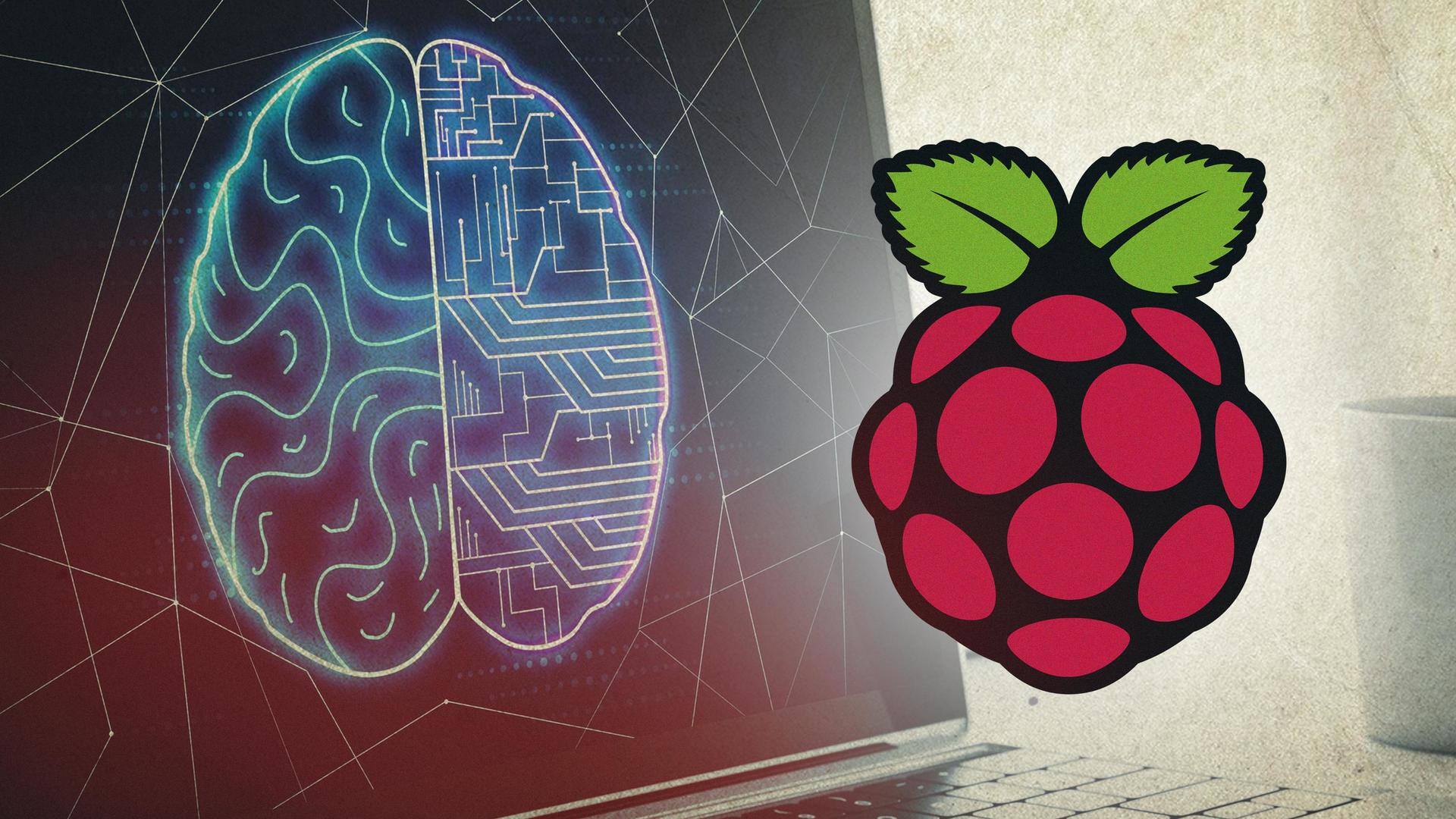
This Raspberry Pi-based device lets you control computers with brain
What's the story
The ability to control computers with our brains is a skill that we are still mastering. The technology is beneficial but is expensive more often than not. However, Ildar Rakhmatulin, a researcher at Heriot-Watt University, has now found a solution for this. He has created a device that converts a Raspberry Pi, the affordable single-board computer, into a brain-computer interface.
Context
Why does this story matter?
Brain-computer interface (BCI) technology has wide-ranging uses. Initially, its development was focused on helping paralyzed people control assistive devices. However, more use cases have emerged over time, including the ability to use BCIs as neurofeedback tools to improve cognitive performance. But the technology's drawback has been how expensive it is. The new device could be an answer to that problem.
PiEEG
Device called PiEEG can measure electric signals
Rakhmatulin has developed a special add-on for Raspberry Pi, called the PiEEG. It is an open-source Raspberry Pi shield that can measure electrical signals in the brain. The device can record signals from the brain like electroencephalography (EEG) with the help of electrodes. It can also make recordings of signals from the heart like electrocardiography or even signals from skeletal muscles like electromyography.
How
Electrodes in contact with skin connected to PiEEG board
The device can be used by connecting electrodes in contact with the skin to the PiEEG board. It then takes the analog signals from the brain, digitizes them, and transmits them to Raspberry Pi. The team has also implemented a bandpass filter in software for noise reduction. They use a suite of C, C++, and Python to read, process, and display the data.
Background
Rakhmatulin baffled by unavailability of inexpensive BCIs
Rakhmatulin has started a crowdfunding campaign for the PiEEG. He started the project due to the growing interest in neuroscience worldwide. However, the unavailability of affordable devices to read signals from the brain in the market baffled him, he told Motherboard. The first device he invented turned out to be expensive due to chip shortage. That led him to Raspberry Pi and PiEEG.
Uses
PiEEG has potential to be used in various fields
Rakhmatulin's device has multiple use cases. As it reads bio-signals in real-time, it can be used in various fields, including gaming, robotics, entertainment, sports, health, meditation, and more. For instance, the team that developed the device was also able to control a toy mouse by blinking. It can even be used for DIY polygraph experiments, said Rakhmatulin.
Information
Device compatible with Raspberry Pi 3 and 4
Rakhmatulin chose Raspberry Pi as the base because it is the most popular single-board computer in the market. His device is compatible with Raspberry Pi 3 and 4 models, both of which cost under $100. Moreover, the PiEEG itself costs between $250 to $350.